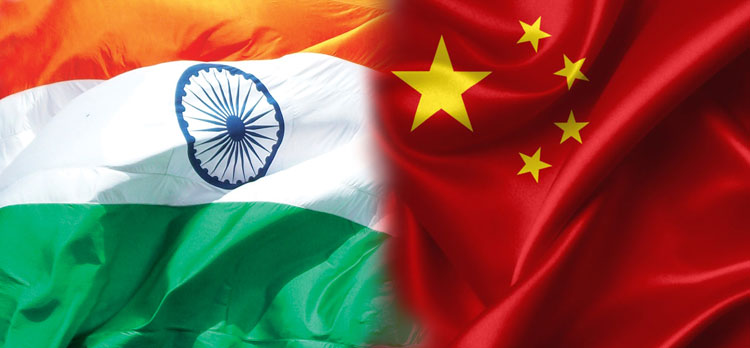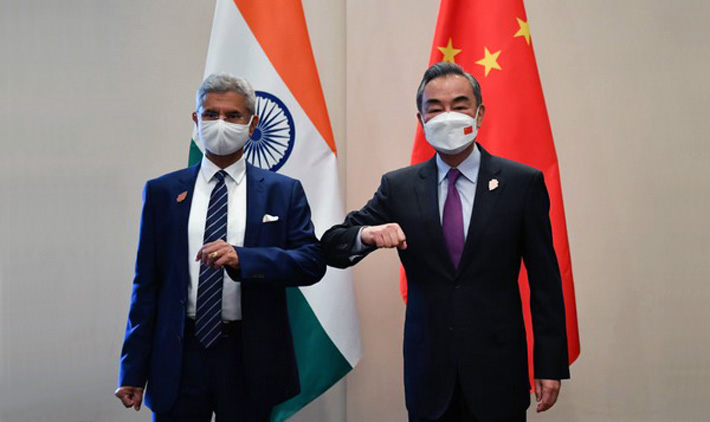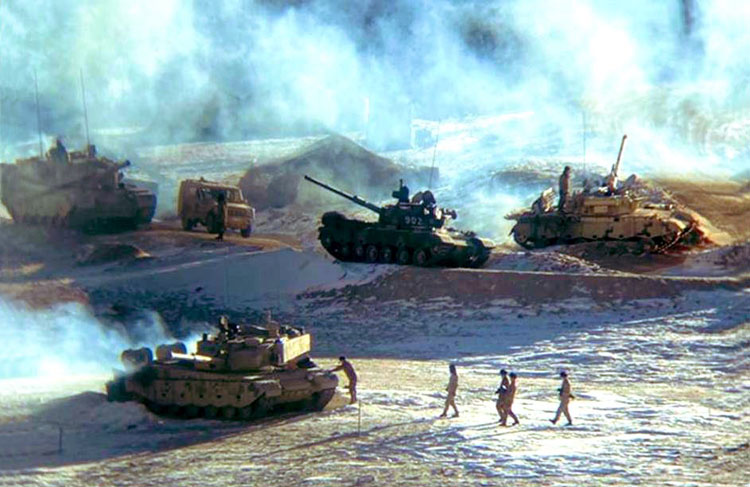INDIAN ARMED FORCES CHIEFS ON OUR RELENTLESS AND FOCUSED PUBLISHING EFFORTS

The insightful articles, inspiring narrations and analytical perspectives presented by the Editorial Team, establish an alluring connect with the reader. My compliments and best wishes to SP Guide Publications.

"Over the past 60 years, the growth of SP Guide Publications has mirrored the rising stature of Indian Navy. Its well-researched and informative magazines on Defence and Aerospace sector have served to shape an educated opinion of our military personnel, policy makers and the public alike. I wish SP's Publication team continued success, fair winds and following seas in all future endeavour!"

Since, its inception in 1964, SP Guide Publications has consistently demonstrated commitment to high-quality journalism in the aerospace and defence sectors, earning a well-deserved reputation as Asia's largest media house in this domain. I wish SP Guide Publications continued success in its pursuit of excellence.
- Operation Sindoor: Resolute yet Restrained
- India’s Operation Sindoor Sends a Clear Message to Terror and the World – ‘ZERO TOLERANCE’
- Japan and India set forth a defence cooperation consultancy framework, talks on tank and jet engines
- Terrorist Attack in Pahalgam in Kashmir: Unfolding a long surgical war against PAK
- Lt General Pratik Sharma takes over Command of Indian Army's Northern Command
16th Corps Commander-level Talks in Ladakh
While our insistence may make China relent for the 16th or more rounds of talks, we are naïve not to acknowledge that there will be no more pull back of troops by China. China holds all the aces, so why would it pull back? In fact, China is using the talks to consolidate its positions in the intrusion areas.
 |
The Author is Former Director General of Information Systems and A Special Forces Veteran, Indian Army |

There is considerable utopia in media that the 16th round of Corps Commander-level talks over the India-China standoff in Eastern Ladakh being be held on July 17, 2022, led by the Leh-based 14 Corps Commander Lieutenant General Anindya Sengupta and China's South Xinjiang Military District Commander Major General Yang Yin will be able to brook some progress. The usual practice has been that India presses for the next round of talks and China responds in its own sweet time because of India's insistence.
During the 15th round of talks, held on March 11, 2022 that lasted for around 13 hours, the Indian side pushed China for the resolution of remaining intrusion areas (dubbed friction points) in Ladakh but there was no breakthrough. India had hoped that a resolution on Patrolling Point (PP) 15 in Hot Springs would be arrived at but the joint statement issued after the talks said that the "two sides carried forward their discussions from the previous round", 14th round held on January 12, "for the resolution of relevant issues along the LAC in the Western Sector". It said both sides "agreed to maintain dialogue via military and diplomatic channels to reach a mutually acceptable resolution at the earliest".
The vacation of Kailash Range by us, which is very much in our territory, without even linking it to the Chinese withdrawal from Depsang and Demchok, have left us with zero leverage at the discussion table
Not only was the 14th round of talks inconclusive, the 13th Corps Commander Level meeting that took place on October 21, 2021, too had ended in a stalemate, after which the Indian Army said that the "constructive suggestions" it made were not agreeable to the Chinese side, which also could not provide any "forward-looking" proposals. The Chinese later released a press statement calling India's demands "unreasonable".
The bitter stalemate was reflected with China refusing to complete the stalled troop disengagement at Patrolling Point-15 (PP-15) in the Hot Springs-Gogra-Kongka La area. The Chinese side calling the Indian demands "unreasonable", showed reluctance to complete troop disengagement at Gogra-Hot Springs while also refusing to discuss steps to defuse the bigger intrusions at Depsang and Demchok.
Behind the news in the Indian media of the possibility of the 16th round of talks, is the meeting between External Affairs Minister S. Jaishankar and Chinese Foreign Minister Wang Yi in Bali, Indonesia, on July 7, 2022, on the sidelines of a meeting of the foreign ministers of the G20 countries.

Jaishankar tweeted that the talks focused on "specific outstanding issues" pertaining to the boundary situation, in an oblique reference to the over two-year-old military standoff along the Line of Actual Control (LAC) in eastern Ladakh, saying, "Began my day in Bali by meeting FM Wang Yi of China. Discussion lasted one hour. Focused on specific outstanding issues in our bilateral relationship pertaining to the border situation. Also spoke about other matters including students and flights."
The Ministry of External Affairs (MEA) press release highlighted that External Affairs Minister (EAM) met State Councilor and Foreign Minister of China Wang Yi on July 7, 2022 in Bali, Indonesia on the sidelines of the G20 Foreign Ministers' Meeting and "called for an early resolution of all the outstanding issues along the LAC in Eastern Ladakh. Recalling the disengagement achieved in some friction areas, EAM reiterated the need to sustain the momentum to complete disengagement from all the remaining areas to restore peace and tranquility in the border areas. In this regard, both Ministers affirmed that the military and diplomatic officials of the two sides should continue maintaining regular contact and looked forward to the next round of Senior Commanders' meeting at an early date."
As for PP-15 in the Kungrang Nullah area, China will just not budge because it provides an access route to Kongka La - a key pass leading into the Aksai Chin hinterland and beyond
The above MEA statement describing the Jaishankar-Yi meeting is nothing more that flowery diplomatic language with little substance – just like the joint statements issued after the last few rounds of Corps Commander-level talks held in Eastern Ladakh with no change in China's attitude'.
While our insistence may make China relent for the 16th or more rounds of talks, we are naïve not to acknowledge that there will be no more pullback of troops by China. We have already accepted buffer zones in our own territory, hoping that patrolling in the buffer zones will be discussed at some future date – another vain hope. As for PP-15 in the Kungrang Nullah area, China will just not budge because it provides an access route to Kongka La - a key pass leading into the Aksai Chin hinterland and beyond. We have been totally naïve in allowing China to occupy more unoccupied areas of our territory in 2020, but China is not dim-witted neither tactically nor strategically.

The vacation of Kailash Range by us, which is very much in our territory, without even linking it to the Chinese withdrawal from Depsang and Demchok, have left us with zero leverage at the discussion table. China holds all the aces, so why would it pull back? In fact, China is using the talks to consolidate its positions in the intrusion areas, deploying more weaponry, drones and robots, long range artillery, constructing high observation towers, improving communications and positioning troops of Tibetan descent to improve PLA functioning in high altitude terrain. The two bridges on Pangong Tso improve PLA's offensive capabilities in Ladakh. In terms of strategic infrastructure development, the PLA already has a lead which is now being expanded for facilitation of movement of operational and tactical reserves.
Developments in the field of infrastructure and logistics by the PLA suggest they are preparing for permanent occupation of the forward defences in Eastern Ladakh
Developments in the field of infrastructure and logistics by the PLA suggest they are preparing for permanent occupation of the forward defences in Eastern Ladakh. The 5G mobile communication has also been deployed by China in these areas. Why would China pull back? Ironically, India failed to call China the aggressor from the very beginning while Beijing branded India the aggressor. Even now we are talking of disengagement and de-escalation, not "bluntly" asking China directly to vacate the intrusions made during 2020.





